‘Embracing Inharmonious’: A dual dive into our society
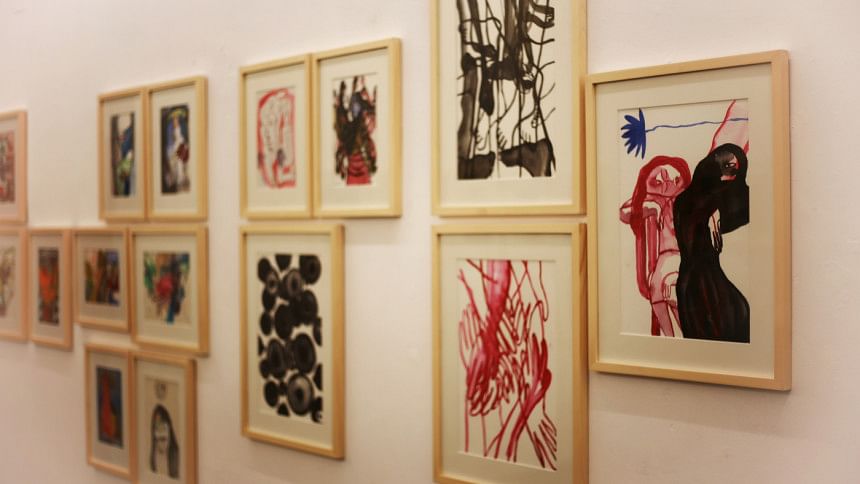
Artists Masuda Khatun Jui and Jafrin Gulshan, who incorporate their passion and skills to touch the shores of surrealism, realism, and symbolism, forge intriguing art pieces that are not just for the eyes, but also for the depths of our minds. These paintings and installations— currently being hosted as a duet visual arts exhibition, titled "Embracing Inharmonious", at Kala Kendra— delve into the women, lifestyles, thought processes, and political, social, and cultural aspects of our country.
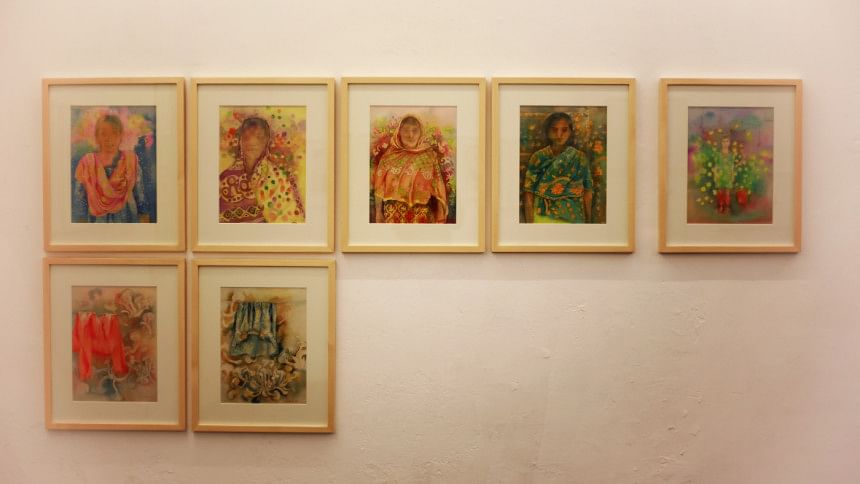
Artist Dr Masuda Khatun Jui completed her PhD from the Department of Sculpture, University of Dhaka after her BFA in Oriental Art, and MFA in Art History and Aesthetics. For "Embracing Inharmonious", she has worked primarily on people who belong from the lower economic class of the society.
She depicts the market where clothes and commodities for people mostly belonging to the working class are sold — the arrangement of things, the hues and patterns on those clothes, sacks and bales tied with ropes, bundles, bright coloured vegetables, moss and fern on damp walls, mushrooms growing on different objects. She stressed that all these aspects are subconsciously engraved in her mind.
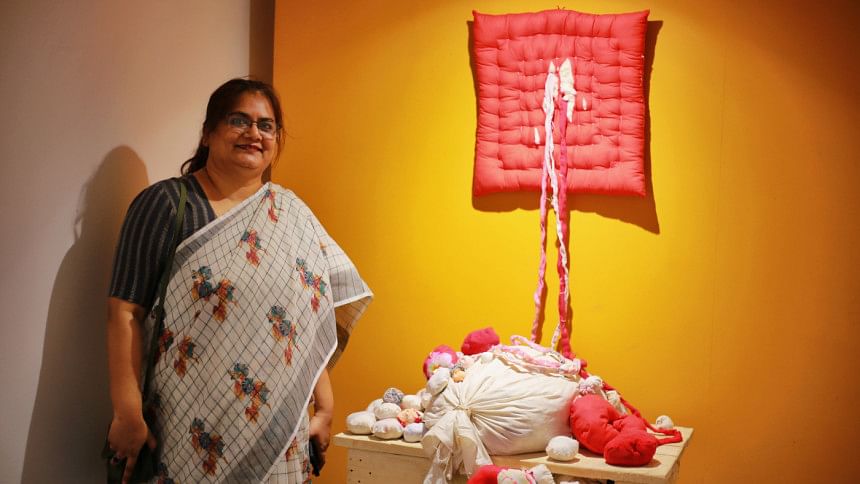
Dr Jui reflected on the wondrous distinction of how those enduring poverty, unhygienic living conditions, and the burden of capitalistic exploitation manage to dress in such vibrant, chaotic colours. "Since they are neglected and ignored in many ways, I decided to bring them and their way of life into the spotlight," she said.
She, thus, painted her housemaids in sublime water-coloured brush strokes. The artist has dominantly painted mushrooms growing from their faces and bodies as though these people had their spirits dampened and were left in the darkness by the well-born.
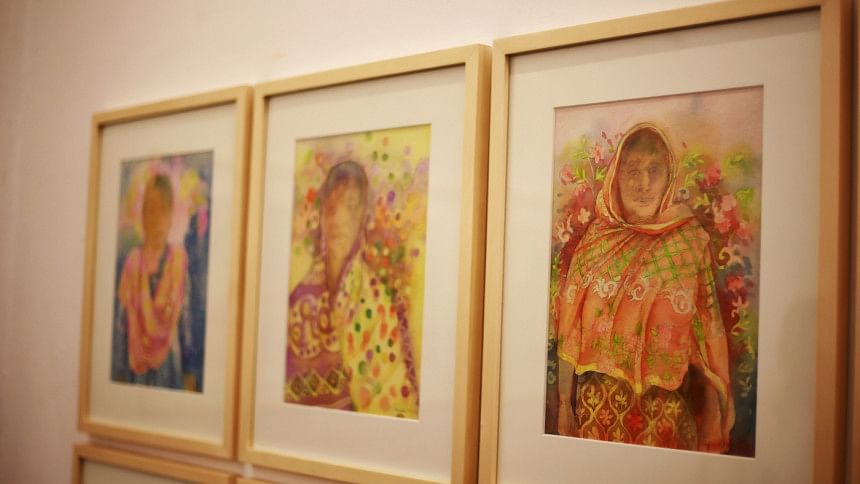
Aside from the paintings, Jui has created installations that reflect the mayhem and transience in the lives of the underprivileged — made of several unkempt cloth bundles (potla) with low-cost furniture, occasional mosquito nets and colourful plastic balls. Both men's and women's clothes were used to craft the bundles of leftover cloth and cotton. I was most struck by the sewing and putting together of different types of craft materials in red, especially the threads through which the artist leaves a question for us, "How do impoverished women routinely deal with menstruation?"
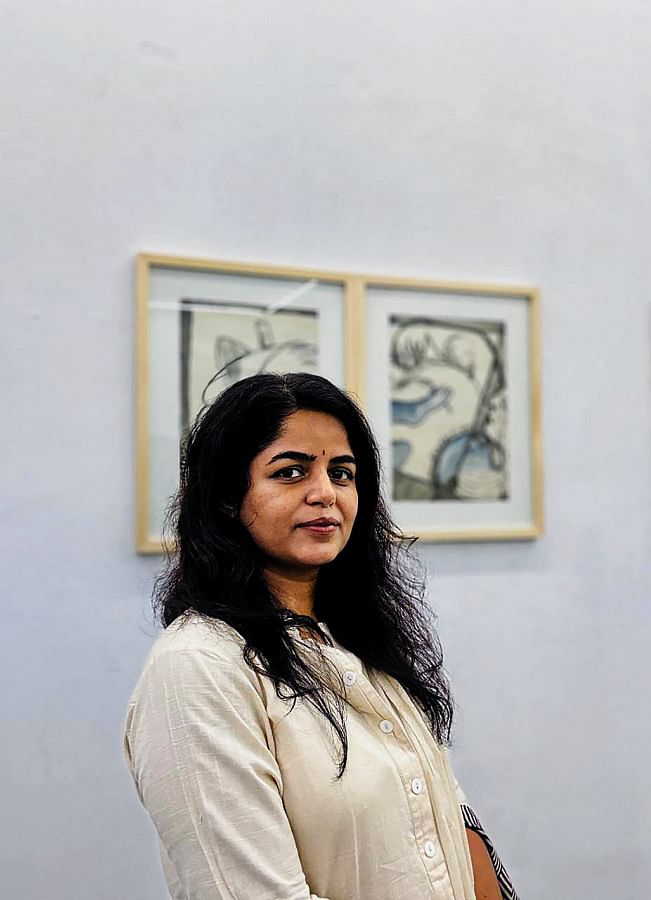
Artist Jafrin Gulshan received her MFA from the Department of Printmaking, University of Dhaka. The exhibition displays a collection of her artworks done using various mediums, showcasing her versatility. The artist believes that personal narratives are never isolated; rather they are embedded in broader social contexts. Thus, she has shared her personal experiences with others through her art. These experiences, as a result, have evolved into sites of collective and political understandings that are impregnated by subconscious, as well as the awareness of the here and now.
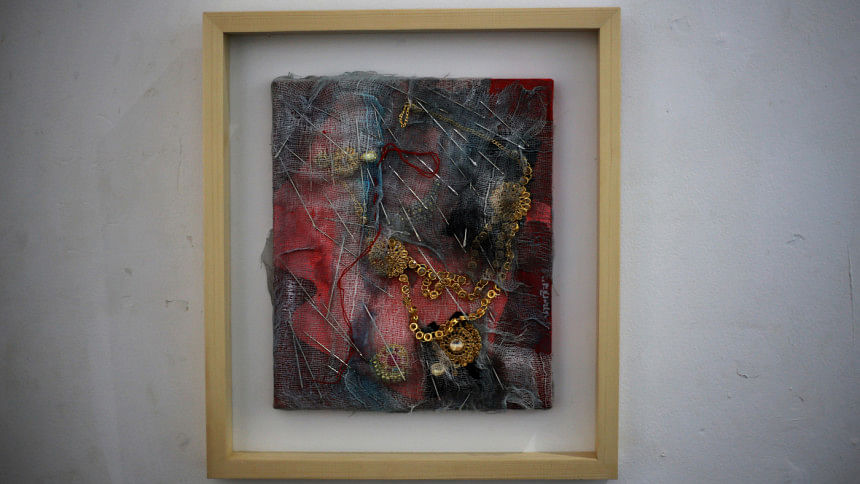
Some of Jafrin's artworks are the remnants of her motherhood and the time she spent with her child. Some are minimalistic yet erratic brushworks that have helped her reduce the distress caused by the Covid pandemic. The art movement surrealism is the one where illogical, unreal, dream-like scenes are created by the artist's subconscious mind. The artist in question has likewise produced several pieces based on this style that speak of her creativity.
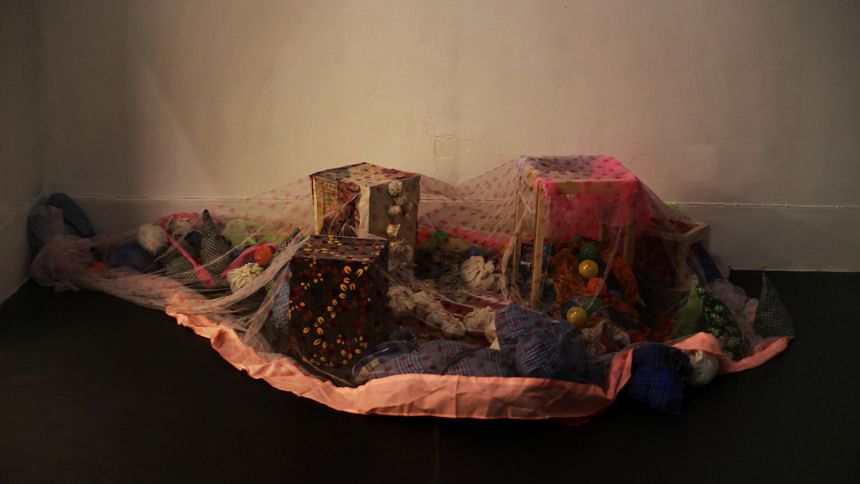
Jafrin has included women's clothes and accessories in her paintings and installations to shed light on different social aspects of being a woman. Women in our society are subjected to discrimination, prejudice, hypocrisy, unrealistic expectations and standards, and are often made victims of imposed ideals, and distorted cultural and religious views. That is why Jafrin has attempted to amplify the familiar voice of women through her art.
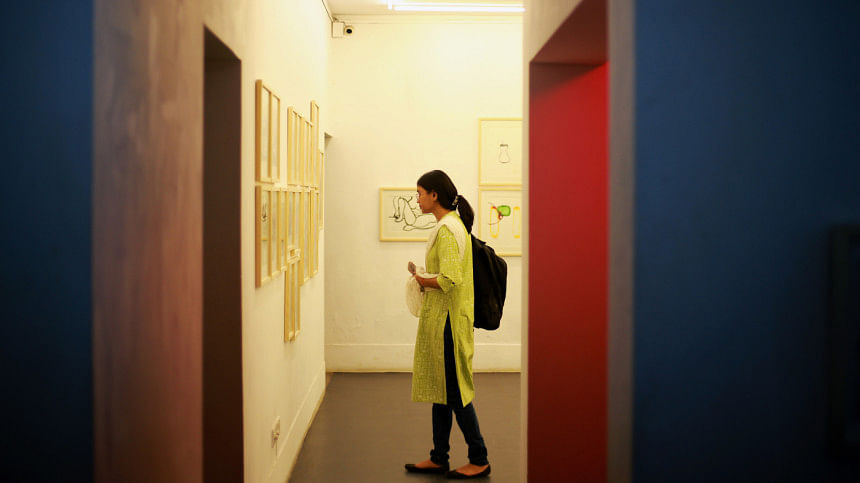
The exhibition "Embracing Inharmonious", featuring two of the many promising artists of our country, is not only a tribute to women and the working class but also a reflection of how sharing personal experiences can work as catalysts in bringing positive changes and outlooks.
This eccentric art exhibition will remain open to all at Kala Kendra till October 15.
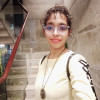
 For all latest news, follow The Daily Star's Google News channel.
For all latest news, follow The Daily Star's Google News channel. 




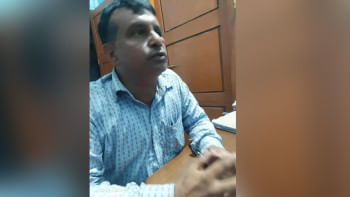
Comments